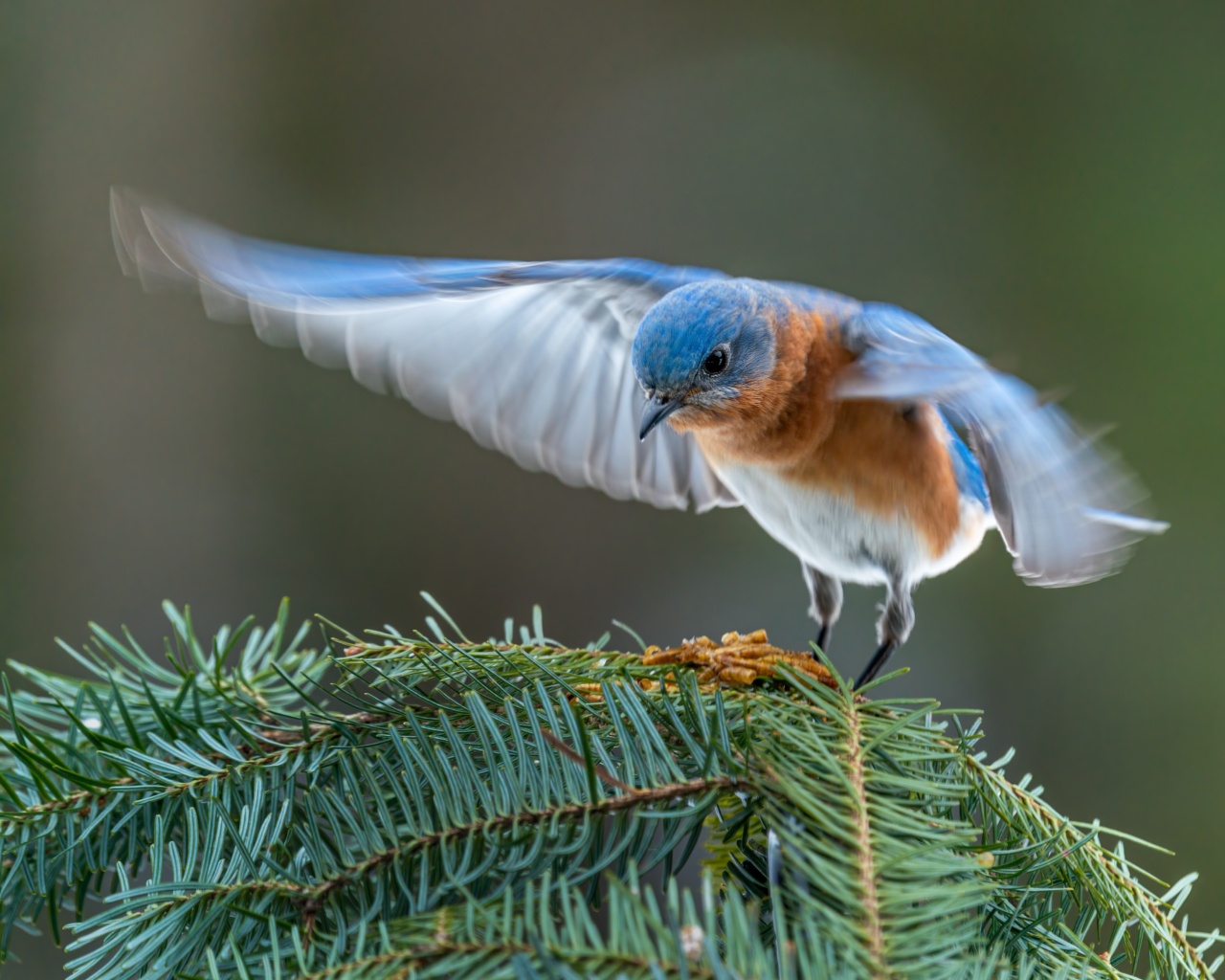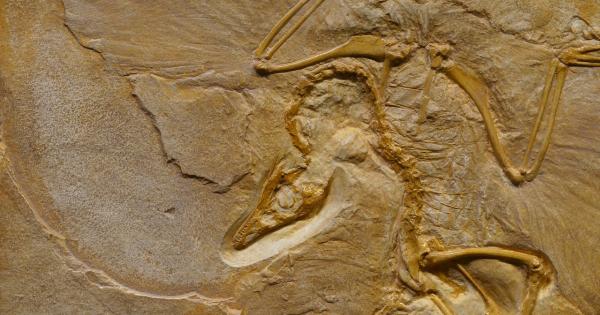The H5N1 avian flu virus, also known as bird flu, has been a cause of concern for global health officials for several decades.
This highly infectious strain of influenza primarily affects birds, but it can also be contracted by humans, causing severe respiratory illness and in some cases, death. The potential for the virus to mutate and develop the ability to spread easily among humans has raised fears of a global pandemic.
Origins and transmission
H5N1 avian flu was first identified in Scotland in the 1950s and has since spread to several countries across Asia, Europe, and Africa.
The primary reservoirs for the virus are wild aquatic birds, such as ducks and geese, who typically show no signs of illness but can shed the virus in their feces and saliva. Domestic poultry, including chickens and turkeys, are highly susceptible to the virus and can become infected through contact with contaminated water, feed, or surfaces.
Transmission to humans usually occurs through direct contact with infected birds or their droppings.
However, limited human-to-human transmission has been reported in a few rare cases, most often among close family members caring for an infected individual. The risk of widespread human-to-human transmission remains low, but the potential consequences are significant if the virus were to acquire the ability to spread easily among people.
Symptoms and severity
H5N1 avian flu symptoms in humans typically appear within 2 to 8 days after exposure. They can range from mild respiratory symptoms, such as sore throat and cough, to severe respiratory distress and multi-organ failure.
The mortality rate among confirmed cases is alarmingly high, with estimates ranging from 30% to over 60%. Children and young adults are especially susceptible to severe illness and death.
The severity of the disease stems from the virus’s ability to trigger an overactive immune response known as a cytokine storm. This excessive immune reaction damages lung tissue and can lead to the failure of other organs.
Prompt antiviral treatment and supportive care are crucial in managing the illness, but prevention and surveillance efforts are key to combating the potential spread of the virus.
Concerns about mutation and pandemic potential
One of the greatest fears surrounding H5N1 avian flu is its potential to mutate into a form that can easily transmit between humans. Currently, the virus primarily spreads from birds to humans, with limited human-to-human transmission.
However, such sporadic cases raise concerns about the possibility of the virus adapting to efficiently transmit among people, sparking a global pandemic.
Experts worry that as the virus circulates in both bird and human populations, there is a higher likelihood of genetic reassortment between H5N1 and human influenza strains.
This process could create a new strain of influenza with the ability to transmit efficiently among humans, similar to the H1N1 influenza pandemic in 2009. The rapid global travel and interconnectedness of modern society increase the risk of a potential H5N1 pandemic spreading quickly across continents.
Prevention and control measures
Given the potential severity of a global H5N1 outbreak, considerable efforts have been made to prevent and control the spread of the virus. These measures include:.
Surveillance and early detection: Governments and international organizations monitor bird populations and areas where H5N1 is prevalent to detect and respond to outbreaks quickly.
Early detection allows for prompt actions to contain the virus before it spreads further.
Strict biosecurity measures: Poultry farms and marketplaces implement strict biosecurity protocols to prevent the introduction and spread of the virus.
These measures involve controlling access to the premises, separating different species of birds, and ensuring proper sanitation and hygiene practices.
Vaccination: Vaccines have been developed for poultry to reduce the likelihood of H5N1 transmission among birds and minimize the risk of human exposure.
Vaccination campaigns target areas where the virus is endemic and focus on vulnerable bird populations.
Public health awareness: Education campaigns inform the public about the risks associated with H5N1 avian flu and promote preventative measures, such as avoiding contact with sick or dead birds, practicing good hygiene, and seeking medical attention promptly if symptoms develop.
Global collaboration and pandemic preparedness
To effectively combat the threat of H5N1 avian flu, international collaboration is essential.
Organizations like the World Health Organization (WHO), Food and Agriculture Organization (FAO), and World Organisation for Animal Health (OIE) work together to exchange information, coordinate responses, and support countries in implementing prevention and control measures.
Pandemic preparedness plans focus on strengthening national healthcare systems, expanding vaccine production capacities, and improving surveillance and response capabilities.
Stockpiling antiviral medications, such as oseltamivir (Tamiflu), is also a crucial part of preparedness efforts to ensure timely treatment of infected individuals and mitigate the spread of the virus.
Economic and social impacts
Aside from the significant health implications, a global outbreak of H5N1 avian flu would have far-reaching economic and social impacts.
The disruption of poultry production and trade could lead to food shortages, price increases, and economic losses for farmers and industries reliant on poultry products.
Mitigation measures, such as culling infected bird populations and imposing movement restrictions, would also have a negative impact on rural livelihoods and trade.
Furthermore, fear of the disease could result in reduced travel and tourism, further affecting economies worldwide.
Conclusion
The fears surrounding the spread of H5N1 avian flu are not unfounded. While human cases of bird flu remain sporadic, the potential for the virus to mutate and cause a global pandemic cannot be ignored.
Vigilant surveillance, robust prevention measures, and global collaboration are essential in controlling the risk and minimizing the impact of H5N1 avian flu on both human and animal populations.






























